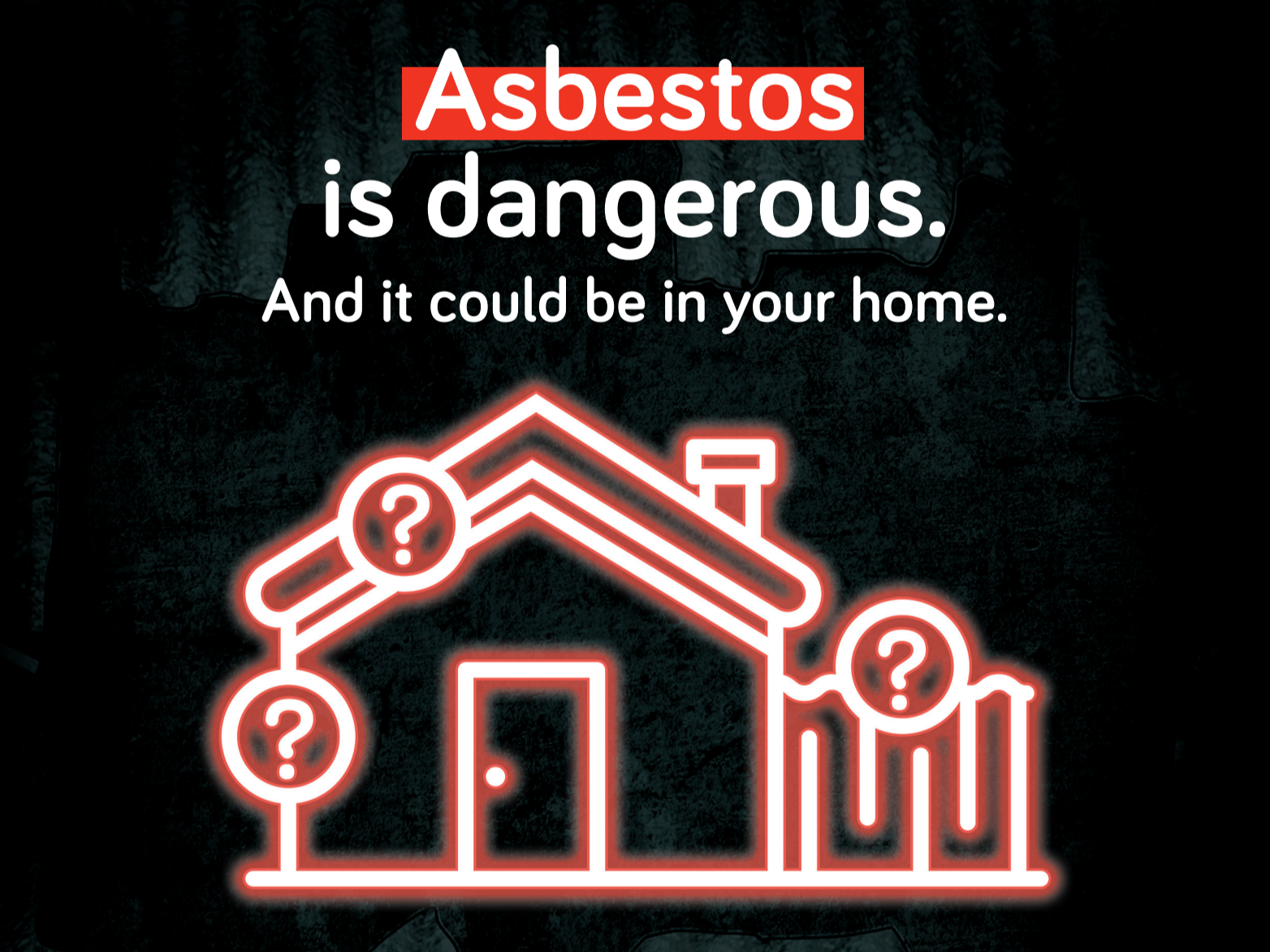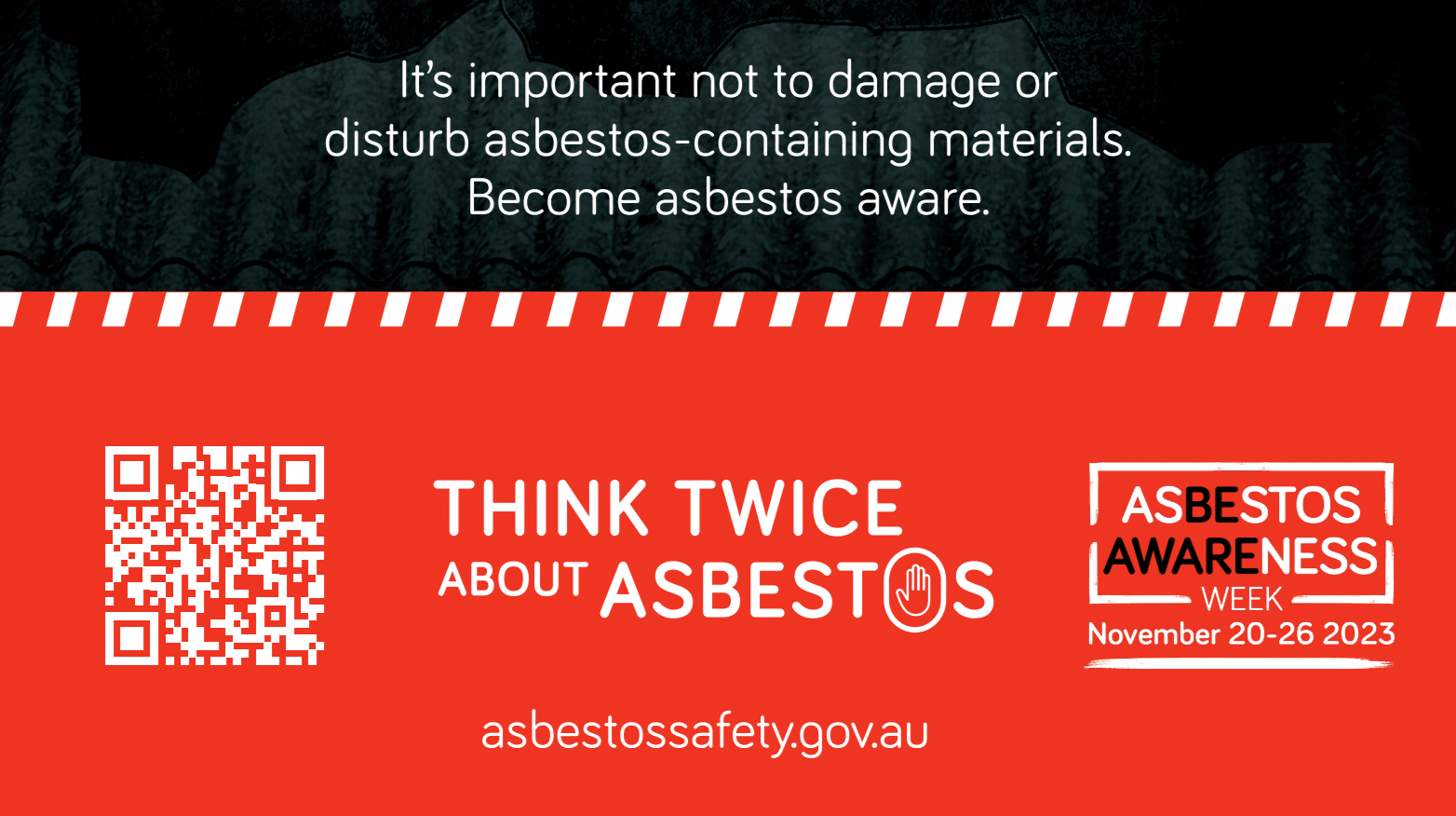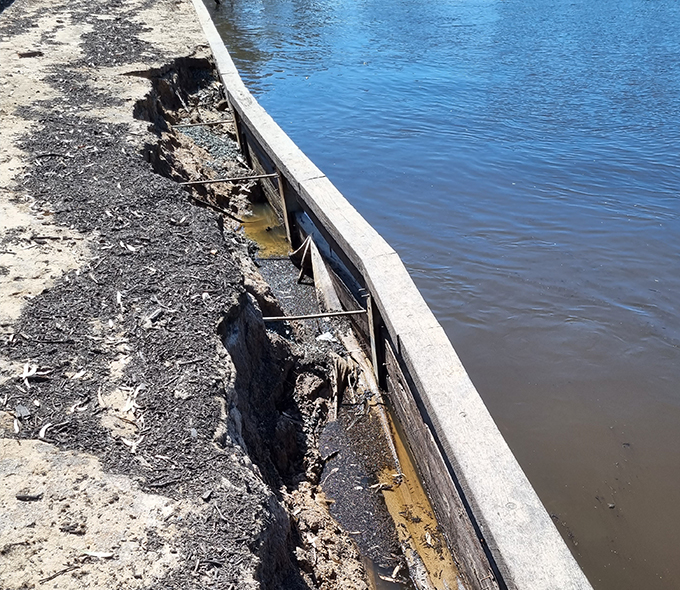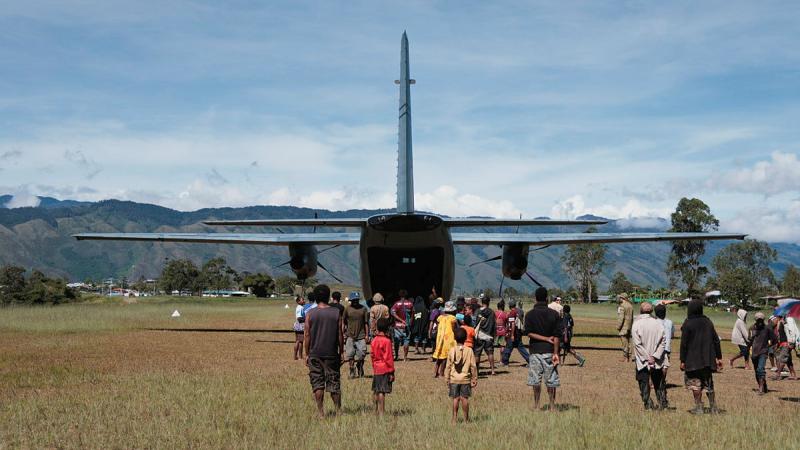 Asbestos Awareness Week, Monday, 20 November to Sunday, 26 November, is held nationally to increase awareness of the risks of asbestos containing materials. It also aims to positively influence behavioural and attitudinal change about the importance of work health and safety measures regarding these materials.
Asbestos Awareness Week, Monday, 20 November to Sunday, 26 November, is held nationally to increase awareness of the risks of asbestos containing materials. It also aims to positively influence behavioural and attitudinal change about the importance of work health and safety measures regarding these materials.
On 31 December 2003, a complete ban on all forms of asbestos was introduced in Australia, which had been one of the highest per capita consumers of asbestos in the world.
However, the 2003 ban is only part of an unfinished story because it did not extend to asbestos materials already in place. Asbestos still exists in millions of buildings and structures across Australia. It is estimated that around 6.2 million tonnes of asbestos materials remain in our built environment, and that asbestos is in 1 in 3 homes. This means that the risk of being exposed to deadly asbestos fibres is not over.
Australia’s historic mining and manufacture of asbestos has devastated lives, with 4000 Australians dying each year from asbestos-related diseases–more than three times higher than the road toll. It will continue to devastate lives long into the future if we are not proactive and vigilant.
Asbestos is also the single biggest killer of workers in Australia. Unfortunately, its danger continues to lurk not only in workplaces but in homes.
At greatest risk are those who undertake asbestos removal or carry out, repairs, maintenance or renovation work on buildings that were built before 1990.The asbestos materials in these buildings are now between 30 to over 100 years old and deteriorating, increasing the risk of releasing asbestos fibres.
 Asbestos products in good condition are not a risk to your health, but if it has been disturbed, broken, sanded, blasted with high pressure water or cut, it can become harmful. This is when asbestos fibres are released into the air and can be breathed in, putting your and others’ health at risk. Remember, asbestos fibres are too small to see with the naked eye, but they are still dangerous.
Asbestos products in good condition are not a risk to your health, but if it has been disturbed, broken, sanded, blasted with high pressure water or cut, it can become harmful. This is when asbestos fibres are released into the air and can be breathed in, putting your and others’ health at risk. Remember, asbestos fibres are too small to see with the naked eye, but they are still dangerous.
The threat of bushfires this summer also increases the risk of asbestos exposure and contamination. Since 2003, Australia has made significant progress to eliminate asbestos-related diseases by strengthening laws that regulate the management, removal, transport and disposal of asbestos, including work health and safety and environment protection laws. All governments are working together to implement actions under the Asbestos National Strategic Plan, which is coordinated by the Asbestos Safety and Eradication Agency.
The Australian Government created the National Asbestos Exposure Register (NAER) to record information for members of the community who may have been exposed to asbestos, for their future reference. You can register your information at www.asbestossafety.gov.au/asbestos-health-risks-and-exposure/national-asbestos-exposure-register







